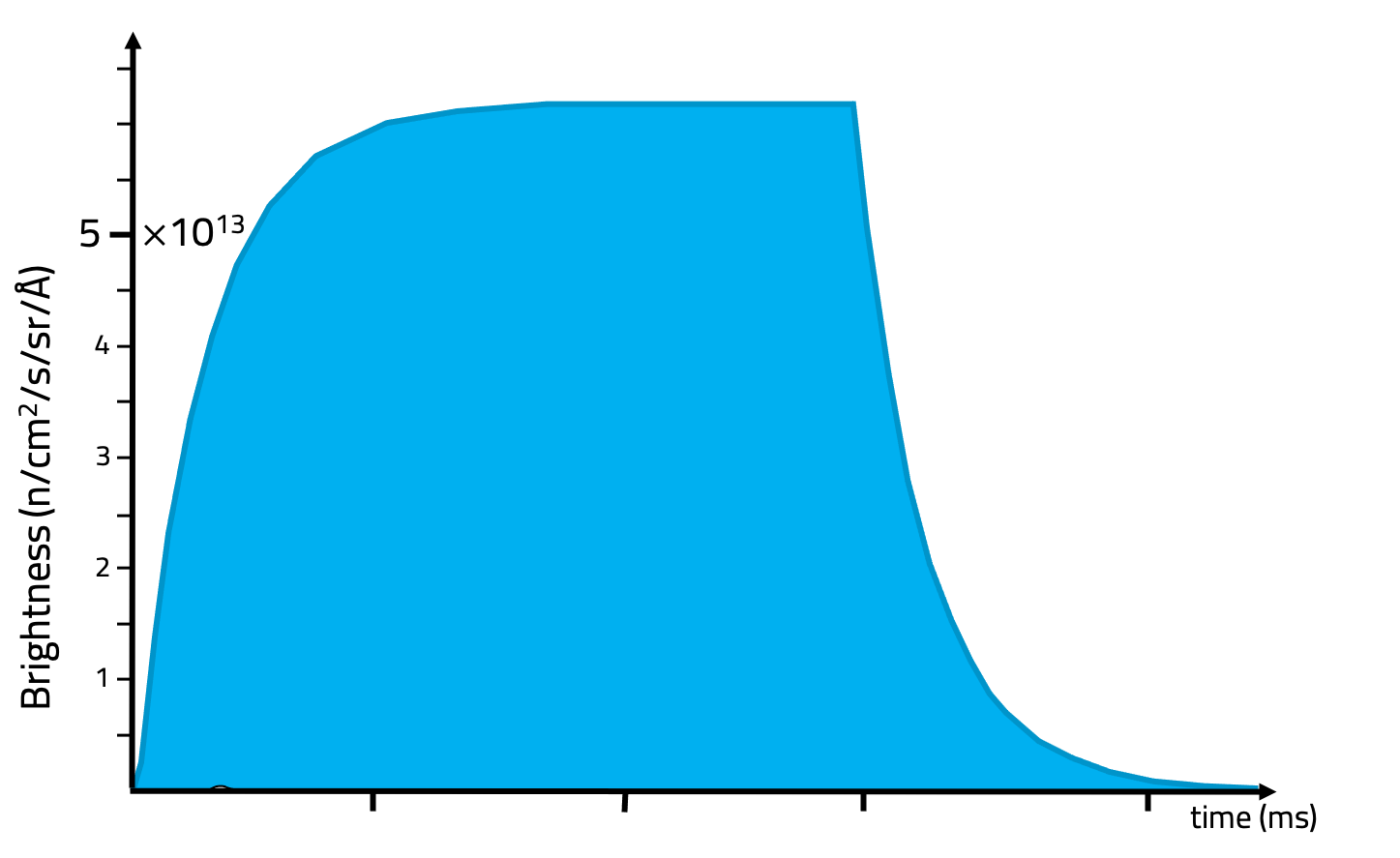
Science Using Neutrons
Neutron scattering at ESS will offer unparalleled insights into matter's structure and function across various scientific disciplines. ESS's advanced capabilities promise groundbreaking research opportunities in physics, chemistry, biology, and more.
Neutron scattering can be applied to a range of scientific questions, spanning the realms of physics, chemistry, geology, biology and medicine. The European Spallation Source will be a prominent part of the future landscape of global research infrastructures, providing experimental possibilities to researchers from academia as well as Industry.
Neutrons serve as a unique probe for revealing the structure and function of matter from the microscopic down to the atomic scale. Using neutrons for research enables us to investigate the world around us as well as to develop new materials and processes to meet the needs of society. Neutrons are frequently used to address the grand challenges, to improve and develop new solutions for health, the environment, clean energy, IT and more.




























